
Huahine: The Garden Island of French Polynesia
Discover Huahine, the Garden Island of French Polynesia, where lush landscapes, ancient culture, and vibrant marine life create an enchanting escape.
Huahine, often referred to as the Garden Island, is a hidden gem in the Society Islands of French Polynesia. This tranquil island is known for its lush green landscapes, rich history, and vibrant marine life. Huahine is split into two main areas, Huahine Nui (Big Huahine) and Huahine Iti (Little Huahine), connected by a small bridge. The island's serene atmosphere and friendly locals make it a perfect destination for those seeking a peaceful retreat. Huahine boasts a plethora of natural attractions, from its stunning white-sand beaches to its dense tropical forests. The island is rich in archaeological sites, offering a glimpse into its ancient Polynesian culture. Visitors can explore the sacred marae (temples) and ancient fish traps that date back hundreds of years. The island's lagoon, teeming with colorful coral reefs and exotic fish, provides excellent opportunities for snorkeling and diving. Apart from its natural beauty, Huahine's small villages offer a charming insight into traditional Polynesian life. The local markets are a great place to find handcrafted goods and sample fresh produce. Don't miss the chance to taste some local delicacies, such as poisson cru (raw fish marinated in coconut milk and lime) and taro. With its combination of natural splendor, cultural richness, and warm hospitality, Huahine offers a truly unique and unforgettable experience.
Local tips in Huahine
- Rent a bike or scooter to explore the island at your own pace; it's the best way to discover hidden spots.
- Visit the island's archaeological sites with a local guide to fully appreciate their historical significance.
- Try to time your visit with the Heiva festival in July, a celebration of Polynesian culture with traditional dance, music, and sports.
- Bring reef-safe sunscreen to protect the island's delicate marine ecosystems while enjoying the beaches.
- Stay in a local guesthouse for a more authentic experience and a chance to interact with the friendly locals.
Huahine: The Garden Island of French Polynesia
Huahine, often referred to as the Garden Island, is a hidden gem in the Society Islands of French Polynesia. This tranquil island is known for its lush green landscapes, rich history, and vibrant marine life. Huahine is split into two main areas, Huahine Nui (Big Huahine) and Huahine Iti (Little Huahine), connected by a small bridge. The island's serene atmosphere and friendly locals make it a perfect destination for those seeking a peaceful retreat. Huahine boasts a plethora of natural attractions, from its stunning white-sand beaches to its dense tropical forests. The island is rich in archaeological sites, offering a glimpse into its ancient Polynesian culture. Visitors can explore the sacred marae (temples) and ancient fish traps that date back hundreds of years. The island's lagoon, teeming with colorful coral reefs and exotic fish, provides excellent opportunities for snorkeling and diving. Apart from its natural beauty, Huahine's small villages offer a charming insight into traditional Polynesian life. The local markets are a great place to find handcrafted goods and sample fresh produce. Don't miss the chance to taste some local delicacies, such as poisson cru (raw fish marinated in coconut milk and lime) and taro. With its combination of natural splendor, cultural richness, and warm hospitality, Huahine offers a truly unique and unforgettable experience.
When is the best time to go to Huahine?
Iconic landmarks you can’t miss
Hotel Le Mahana Huahine
Discover paradise at Hotel Le Mahana Huahine, where luxury meets the enchanting beauty of French Polynesia's idyllic shores.

Huahine Yacht Club
Discover the culinary delights of Huahine Yacht Club, where fresh local seafood meets breathtaking lagoon views in a serene tropical paradise.
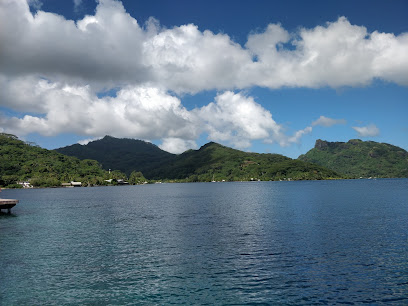
Maitai Lapita Village Huahine
Discover the beauty of Huahine at Maitai Lapita Village, where Polynesian culture meets modern comfort in a tropical paradise.

Chez Tara
Experience authentic Polynesian cuisine in the heart of Huahine at Chez Tara, where local flavors and stunning views create unforgettable memories.
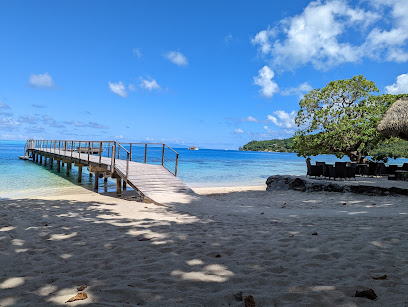
Pension Fare Maeva
Discover the serene charm of Pension Fare Maeva in Huahine, a tranquil hotel surrounded by stunning landscapes and rich Polynesian culture.

Anguilles sacrées
Experience the enchanting sacred eels of Huahine, a unique natural wonder in French Polynesia, rich in culture and unforgettable adventure.
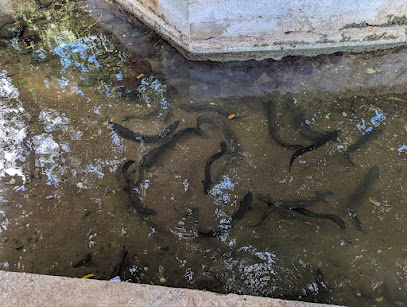
Royal Huahine
Experience the serene beauty of Royal Huahine, a luxurious retreat in French Polynesia, where nature and comfort meet for an unforgettable getaway.
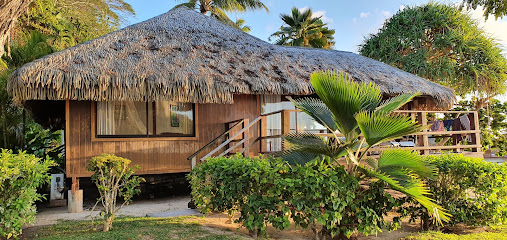
Moana Lodge
Discover tranquility and natural beauty at Moana Lodge, a charming bed & breakfast in Huahine, French Polynesia, perfect for your island getaway.

Pension Tupuna
Discover tranquility at Pension Tupuna, a charming guest house in Huahine, where comfort meets the breathtaking beauty of French Polynesia.
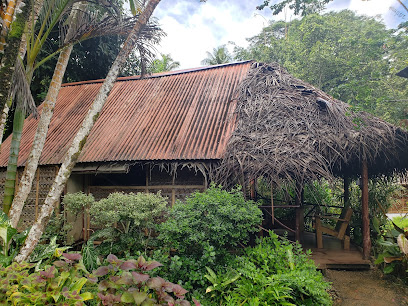
Fare pote'e maeva huahine
Explore the rich cultural heritage of Huahine at Fare Pote'e Maeva Huahine, a captivating museum showcasing Polynesian history and artifacts.
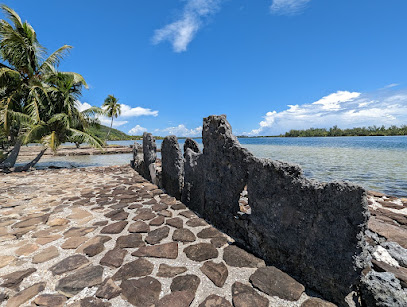
Motu Trésor
Explore the rich cultural heritage and exquisite craftsmanship of Polynesia at Motu Trésor, a must-visit museum and jewelry store.
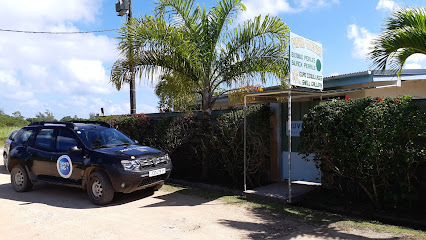
Huahine-Iti
Huahine-Iti - An enchanting island in French Polynesia, where lush landscapes, vibrant culture, and pristine beaches await your discovery.
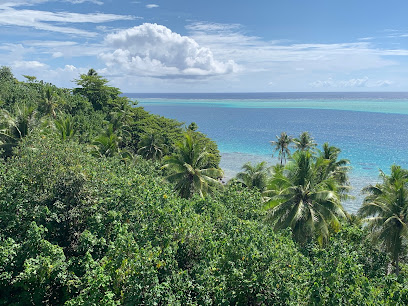
Huahine Dream Tours
Discover the magic of Huahine with Huahine Dream Tours, where adventure meets tranquility in the heart of French Polynesia's tropical paradise.
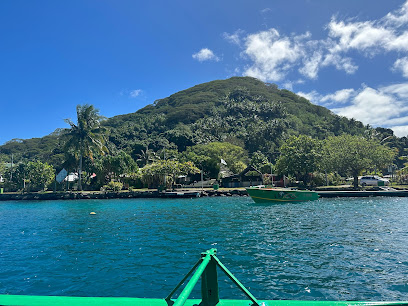
Mahana Dive
Explore the breathtaking underwater beauty of Huahine with Mahana Dive, your gateway to unforgettable scuba adventures in French Polynesia.
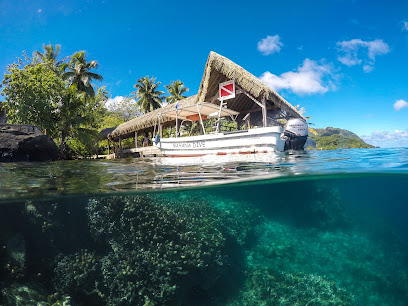
HineOraVai Island Tour
Experience the breathtaking beauty and rich culture of HineOraVai Island, a tropical paradise in French Polynesia perfect for adventure seekers and relaxation lovers alike.
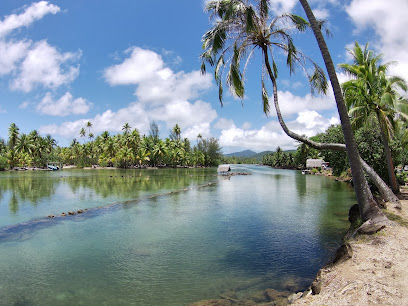
Unmissable attractions to see
Marae Taputapuatea
Discover the spiritual heart of Polynesia at Marae Taputapuatea, a UNESCO World Heritage site rich in history and cultural significance.
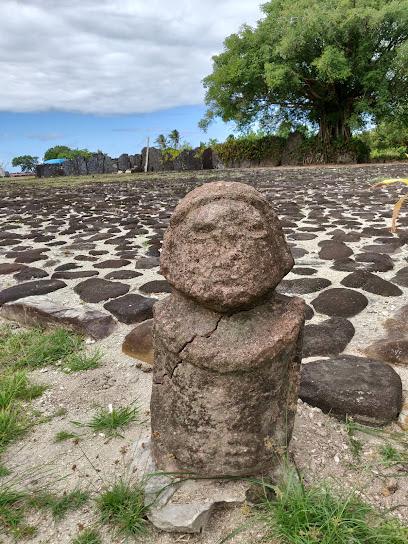
Anguilles sacrées
Discover the enchanting Anguilles Sacrées in Huahine, where sacred eels await to create unforgettable memories amidst breathtaking landscapes.
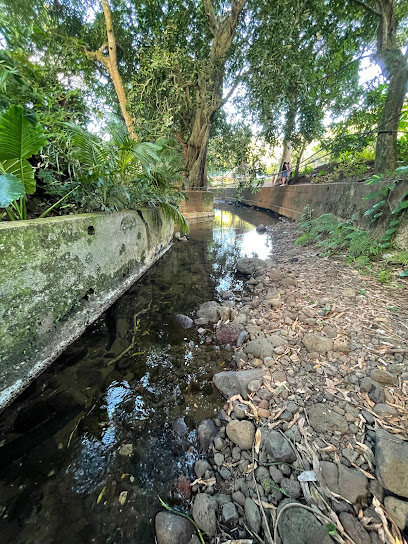
Fare pote'e maeva huahine
Unveil the rich cultural heritage of Huahine at Fare Pote'e Maeva Huahine, a captivating museum showcasing the island's history and traditions.
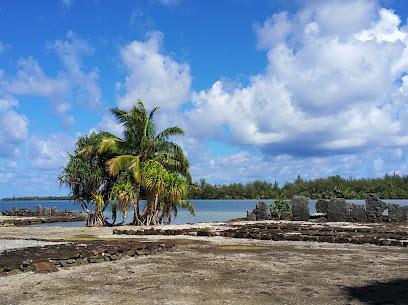
Motu Trésor
Experience the serene beauty and rich culture of Motu Trésor, a hidden gem in French Polynesia, where stunning landscapes and unique jewelry await.
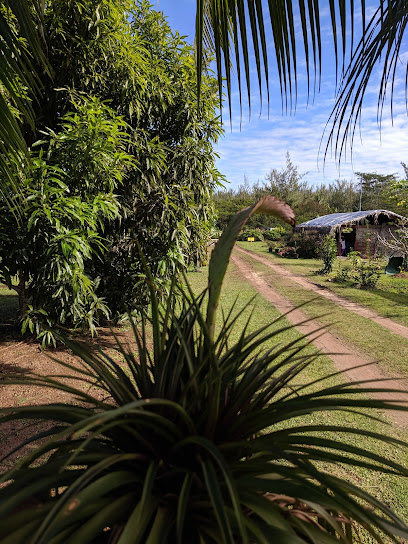
Huahine-Iti
Experience the tranquil beauty and rich culture of Huahine-Iti, a hidden paradise in French Polynesia, where adventure and relaxation meet.
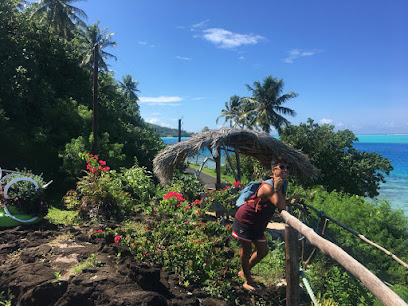
Huahine Dream Tours
Experience the breathtaking beauty and rich culture of Huahine with unforgettable tours that showcase the island's natural wonders and local heritage.
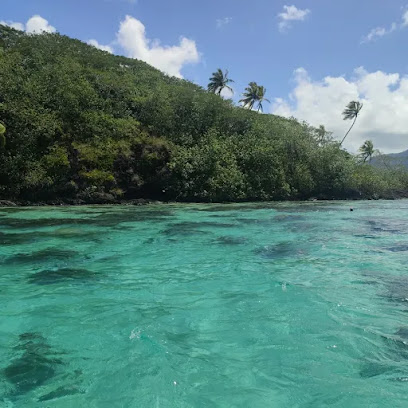
HineOraVai Island Tour
Explore the breathtaking landscapes and rich culture of Huahine with the enchanting HineOraVai Island Tour in French Polynesia.

Anini Mara'e
Explore Anini Mara'e, a sacred historical landmark in Huahine-Iti, where ancient Polynesian culture meets stunning natural beauty.
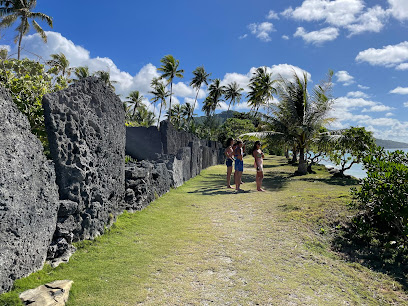
Plage Hana Iti
Discover the serene beauty of Plage Hana Iti, a hidden gem in French Polynesia, perfect for relaxation, snorkeling, and cultural experiences.
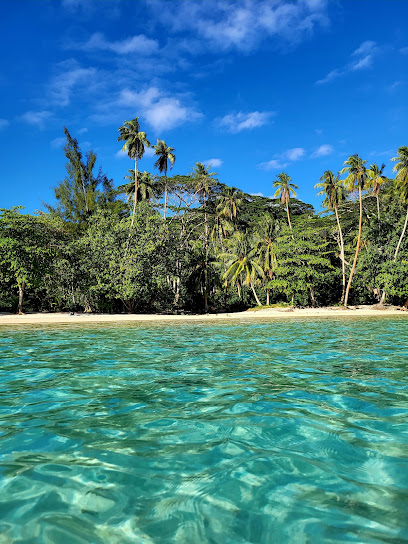
Huahine Pearl Farm
Experience the artistry of pearl cultivation at Huahine Pearl Farm, a stunning attraction in the heart of French Polynesia's vibrant landscape.
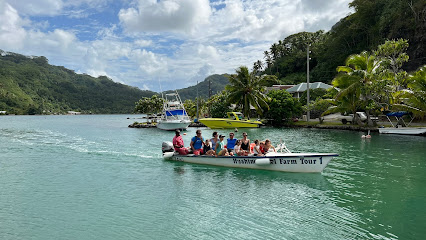
Avea Bay - Avea Beach - Huahine
Discover the serene beauty of Avea Bay and Avea Beach, a tropical paradise in Huahine, French Polynesia, perfect for relaxation and adventure.
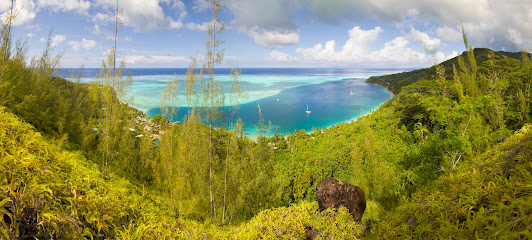
Panorama de Tefarerii
Discover the stunning vistas and cultural richness at Panorama de Tefarerii in Huahine, a must-visit destination in the heart of French Polynesia.
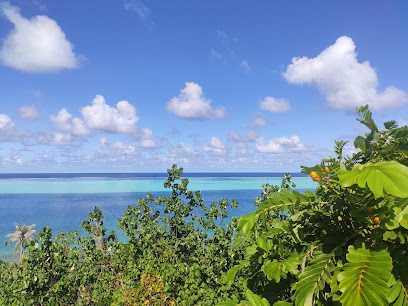
My Flower
Discover the vibrant floral artistry and unique gifts at My Flower in Uturoa, a must-visit shop for authentic Polynesian souvenirs.

Essential places to dine
Huahine Yacht Club
Discover tranquil dining at Huahine Yacht Club, where fresh local cuisine meets stunning lagoon views in idyllic French Polynesia.
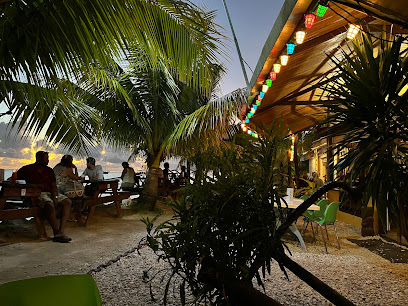
Chez Tara
Discover authentic Polynesian cuisine at Chez Tara in Huahine - where every meal tells a story amidst stunning tropical scenery.
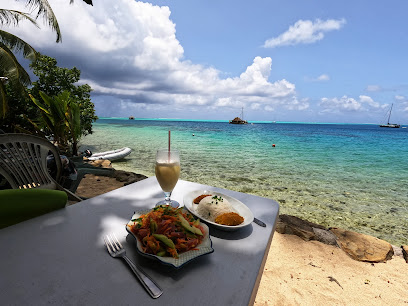
Izzy's
Discover the flavors of French Polynesia at Izzy's, a culinary gem in Huahine offering exquisite local dishes and stunning island views.
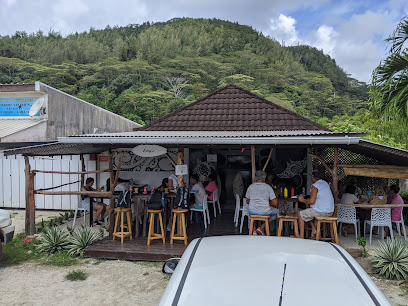
Métis Restaurant
Experience exquisite French cuisine at Métis Restaurant in Huahine, where local flavors meet culinary excellence amidst stunning island views.
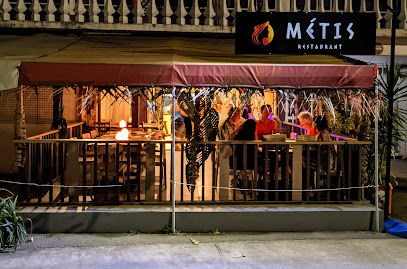
Vairai Sunset Grill. Hi
Experience breathtaking sunsets and exquisite local flavors at Vairai Sunset Grill in Huahine, French Polynesia.
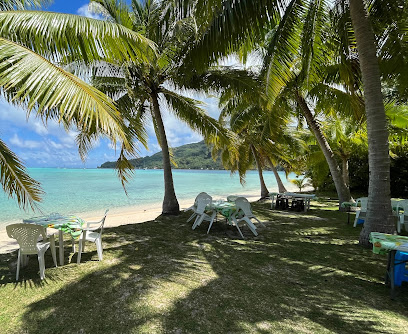
Roulotte Snack Tamaa Maitai
Experience authentic French Polynesian cuisine at Roulotte Snack Tamaa Maitai, where every bite tells a story of culture and tradition.

Roulotte ou k’on est bien
Experience authentic Polynesian cuisine at Roulotte ou k’on est bien in Huahine - where every meal feels like home.
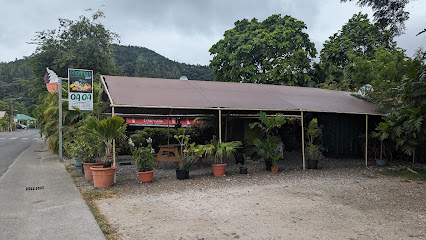
La Pizzamobile
Experience authentic pizza delights at La Pizzamobile in Huahine – where fresh ingredients meet tropical flavors.
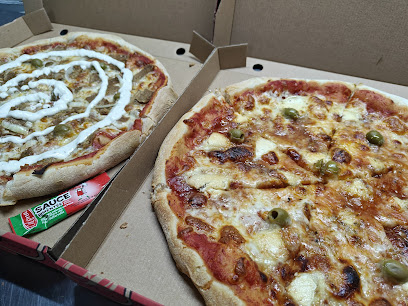
Motukootu Snacking
Experience authentic Polynesian cuisine at Motukootu Snacking in beautiful Huahine - where local flavors meet breathtaking views.
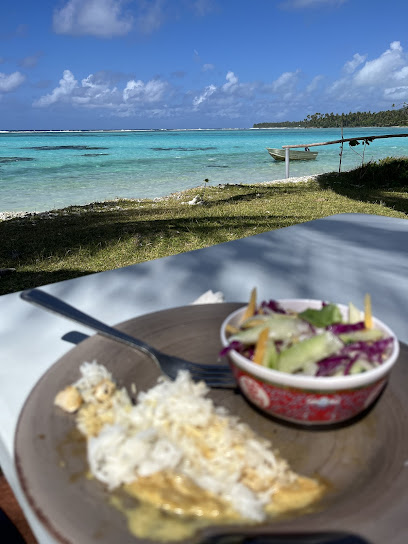
Restaurant Omai
Discover authentic Polynesian flavors at Restaurant Omai in Huahine—where culinary excellence meets breathtaking island views.
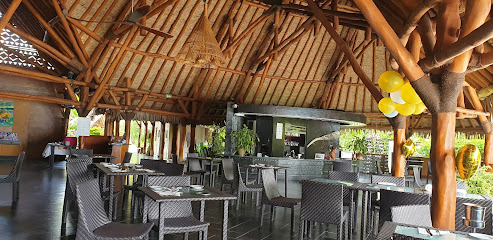
Pizzeria ABE
Savor authentic Italian pizzas at Pizzeria ABE in Huahine – where fresh ingredients meet breathtaking island views.
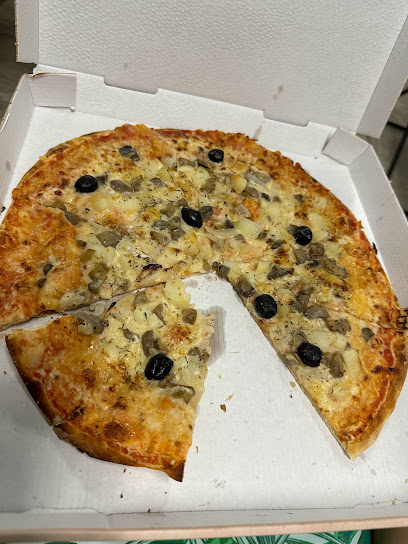
Snack Rauheama
Discover authentic Polynesian flavors at Snack Rauheama in Huahine – a culinary gem blending tradition with tropical charm.
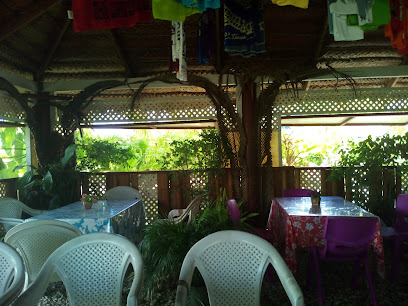
Les Dauphins Restaurant
Experience exquisite French Polynesian cuisine with stunning views at Les Dauphins Restaurant in Huahine.
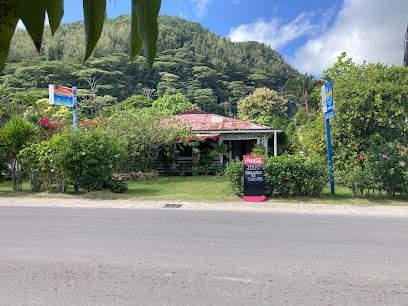
Snack Mami Ju Ju
Discover authentic Polynesian flavors at Snack Mami Ju Ju in Huahine - a delightful lunch spot blending tradition with fresh local ingredients.

Roulotte Nahautea
Experience authentic Polynesian cuisine at Roulotte Nahautea in Huahine - where local flavors meet breathtaking island ambiance.
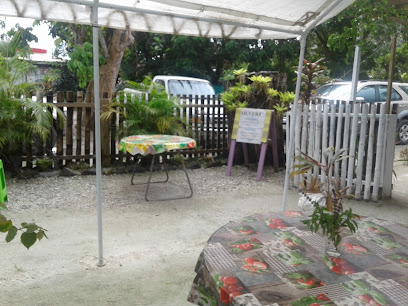
Markets, malls and hidden boutiques
Motu Trésor
Explore Motu Trésor, a captivating museum and jewelry store in Huahine, showcasing Polynesian culture and artistry amidst stunning tropical landscapes.
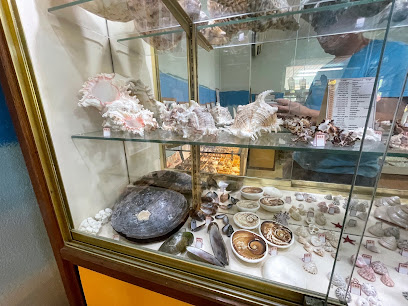
Tahia Pearls
Explore Tahia Pearls in Vaitāpē for exquisite, handcrafted Tahitian pearl jewelry that embodies the beauty of French Polynesia.
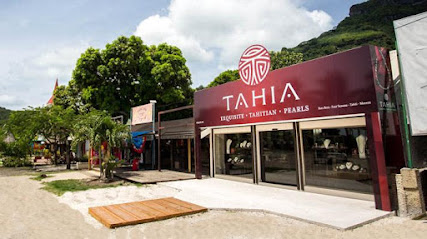
Huahine Dream Tours
Discover the enchanting beauty of Huahine with unforgettable tours that showcase the island's stunning landscapes and rich Polynesian culture.
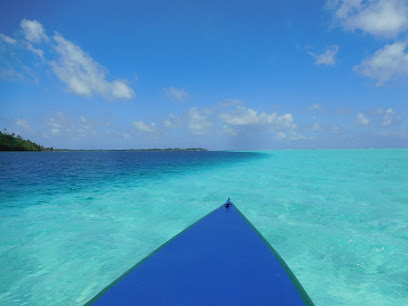
Super U Fare Nui
Explore the flavors of Huahine at Super U Fare Nui, a vibrant supermarket offering fresh produce and local delicacies in the heart of French Polynesia.
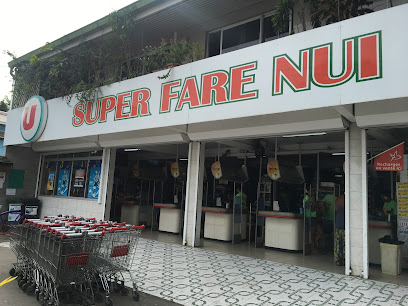
Mahana Dive
Experience the underwater beauty of Huahine at Mahana Dive, your premier scuba tour agency in French Polynesia.
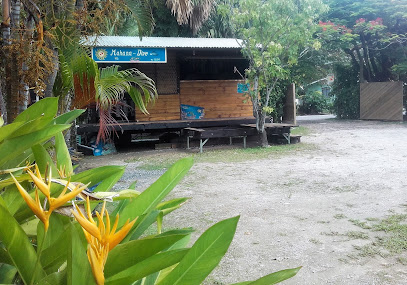
Manua Pearls Bora Bora
Explore the exquisite craftsmanship of pearl jewelry at Manua Pearls, a must-visit jewelry store in the stunning Bora Bora.

Distillerie Huahine Passion
Experience the rich tradition of rum-making in the breathtaking landscapes of Huahine at Distillerie Huahine Passion, a hidden gem of French Polynesia.
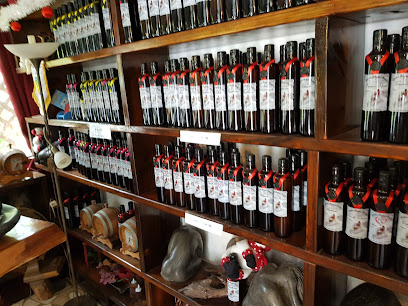
La Maison Du Pareo
Discover the essence of Polynesian culture through exquisite handcrafted artistry at La Maison Du Pareo in Huahine, French Polynesia.
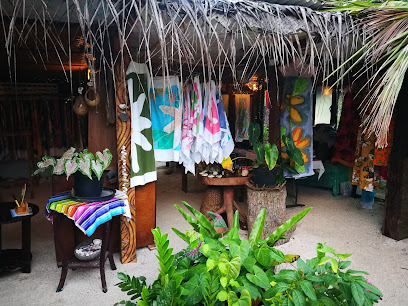
Huahine Pearl Farm
Explore the serene Huahine Pearl Farm, where beauty meets tradition in the heart of French Polynesia. A must-visit for pearl enthusiasts and nature lovers.

Boutique LM Huahine Vanille
Discover the essence of Huahine with local products at Boutique LM Huahine Vanille, where quality meets tradition in every item.
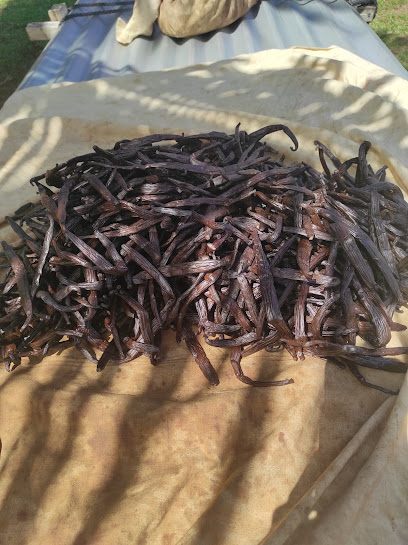
La Passion du Pareo
Explore La Passion du Pareo for authentic Polynesian handicrafts, from vibrant pareos to unique jewelry, capturing the spirit of French Polynesia.
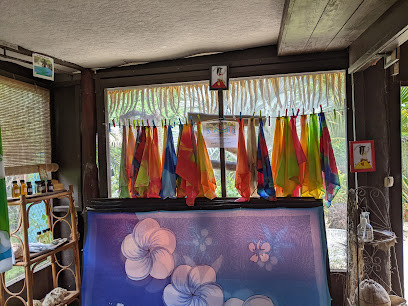
POLYNESIA TRADING
Explore Polynesia Trading: Your gateway to authentic Polynesian crafts and souvenirs in Fa'a'ā, French Polynesia.
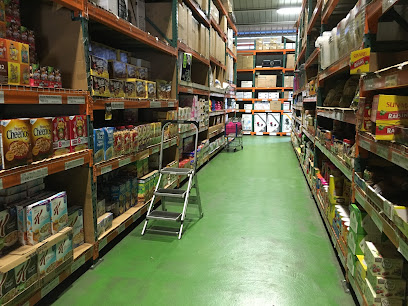
Perle D'Ô
Explore the artistry of Polynesian beads at Perle D'Ô, a charming bead store in Taputapuapea offering unique handcrafted treasures.
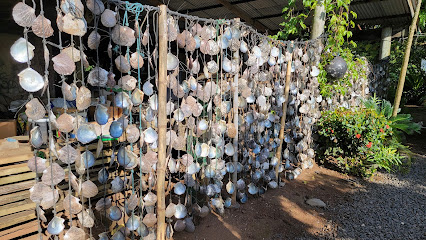
Natural Shop Tahiti
Explore the essence of organic living at Natural Shop Tahiti, your go-to destination for health and beauty products in Papeete.
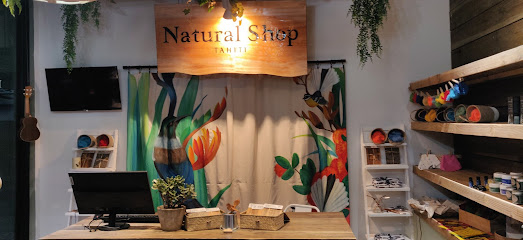
Huahine Shop
Explore Huahine Shop: Your Gateway to Authentic Polynesian Crafts and Local Delicacies in the Heart of Huahine.
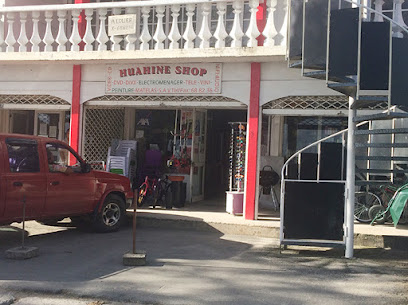
Essential bars & hidden hideouts
Huahine Yacht Club
Discover the culinary delights and breathtaking views at Huahine Yacht Club, a serene dining experience in the heart of French Polynesia.
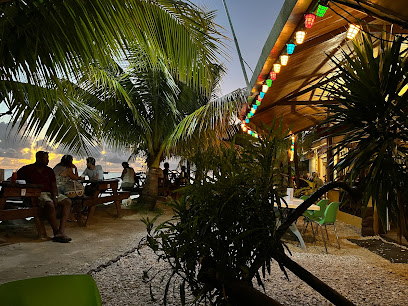
Chez Tara
Discover the authentic taste of Polynesia at Chez Tara, a culinary gem in Baie d'Avea, where flavors and hospitality meet in paradise.
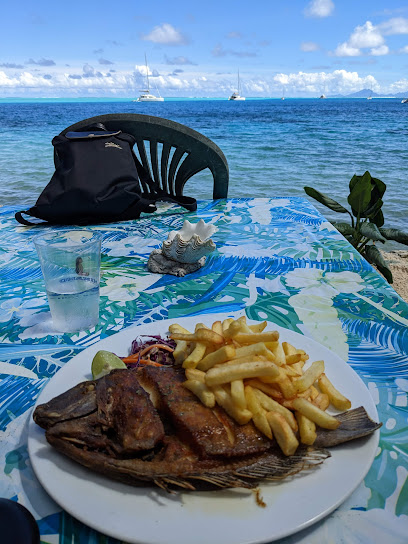
Izzy's
Experience the finest of French Polynesian cuisine at Izzy's, a culinary gem in the heart of Huahine, where every meal is a taste of paradise.

Métis Restaurant
Experience the exquisite fusion of French cuisine and Polynesian flavors at Métis Restaurant in beautiful Huahine.
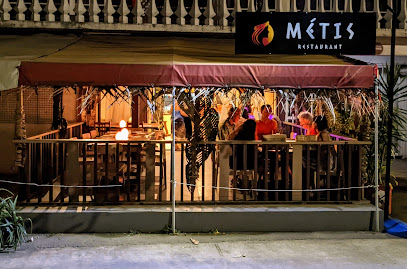
Vairai Sunset Grill. Hi
Discover Vairai Sunset Grill in Huahine, where breathtaking ocean views meet exquisite Polynesian cuisine for an unforgettable dining experience.
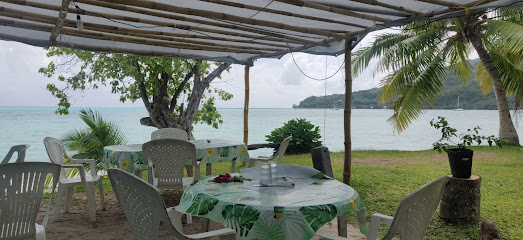
Roulotte ou k’on est bien
Discover the culinary delights of Roulotte ou k’on est bien in Huahine, where local flavors meet breathtaking island views for an unforgettable dining experience.

La Pizzamobile
Experience the unparalleled taste of La Pizzamobile, the premier pizza takeout destination in Huahine, French Polynesia, perfect for a casual meal amidst breathtaking scenery.

Motukootu Snacking
Experience the flavors of Huahine at Motukootu Snacking, where fresh ingredients meet traditional Polynesian cuisine in a welcoming atmosphere.
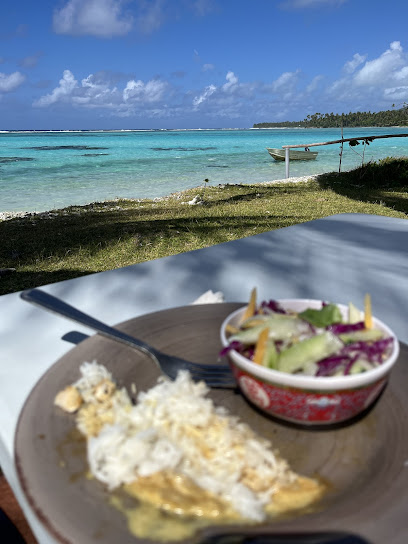
Pizzeria ABE
Experience the authentic taste of Huahine with delicious pizzas at Pizzeria ABE, where local flavors meet a charming island ambiance.
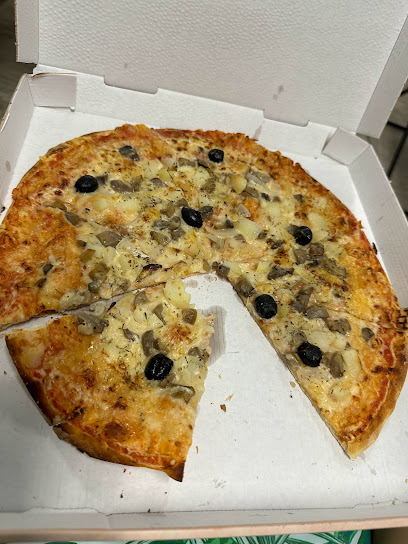
Snack Mami Ju Ju
Explore the flavors of Huahine at Snack Mami Ju Ju, where authentic Polynesian dishes meet a charming atmosphere.

Roulotte Nahautea
Discover the vibrant flavors of Huahine at Roulotte Nahautea, where local cuisine meets a tropical dining experience.

Huahine
Discover the serene beauty of Huahine, a tropical paradise in French Polynesia, where lush landscapes meet vibrant culture.
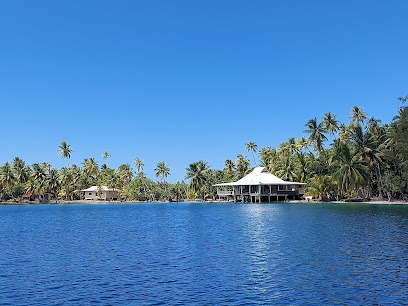
huahineen
Experience the authentic flavors of French Polynesia at Huahineen Bistro, a charming dining spot in the heart of Huahine.
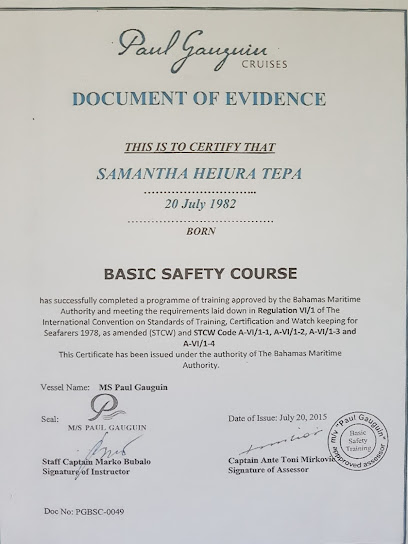
Snack Parea
Discover the refreshing flavors of Huahine at Snack Parea, your go-to juice shop for tropical delights and local ingredients.
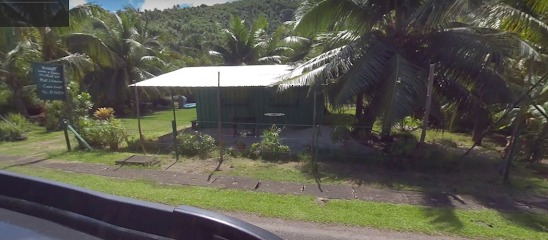
Tiki pop (Roullete)
Discover exotic flavors at Tiki Pop in Huahine, where Polynesian cuisine meets a vibrant atmosphere for an unforgettable dining experience.

Local Phrases
-
- HelloIa ora na
[Ya-oh-rah-nah] - GoodbyeNana
[Nah-nah] - YesE
[Ay] - NoAita
[Eye-tah] - Please/You're welcomeMaeva
[Mah-eh-vah] - Thank youMauruuru
[Ma-roo-roo] - Excuse me/SorryPardon
[Par-dohn] - How are you?Aha'ea to'oe?
[Ah-ha-eh-ah toh-eh] - Fine. And you?Maita'i. Oe?
[My-tie. O-eh] - Do you speak English?Ua haere oe i te reo anglais?
[Oo-ah hair-eh oy ee teh ray-oh ahn-glay] - I don't understandAita au maita'i
[Eye-tah oh my-tie]
- HelloIa ora na
-
- I'd like to see the menu, pleaseUa here au e hiohio i te menu, maruru
[Oo-ah hair-eh oh ay hee-oh-hee-oh ee teh may-noo mah-roo-roo] - I don't eat meatAita au haere i te kai
[Eye-tah oh hair-eh ee teh kye] - Cheers!Manuia!
[Mah-noo-ee-ah] - I would like to pay, pleaseUa here au e solliciter, maruru
[Oo-ah hair-eh oh ay soh-lee-see-tay mah-roo-roo]
- I'd like to see the menu, pleaseUa here au e hiohio i te menu, maruru
-
- Help!Aide!
[Eye-day] - Go away!Haere i te pape!
[Hair-eh ee teh pah-pay] - Call the Police!Haere i te marae!
[Hair-eh ee teh mah-rah-eh] - Call a doctor!Haere i te taata here!
[Hair-eh ee teh tah-ah-tah hair-eh] - I'm lostIa outu au
[Ya oh-too oh] - I'm illIa oraraa au
[Ya oh-rah-rah oh]
- Help!Aide!
-
- I'd like to buy...Ua here au e hoko...
[Oo-ah hair-eh oh ay hoe-koh] - I'm just lookingUa here au e haere na
[Oo-ah hair-eh oh ay hair-eh nah] - How much is it?E hia moni ia?
[Ay hee-ah moh-nee ee-ah] - That's too expensiveTei te moni reka
[Tay tay moh-nee ray-kah] - Can you lower the price?E haere oe e te faahoraa i te moni?
[Ay hair-eh oy ay tay fah-ah-hoh-rah ee teh moh-nee]
- I'd like to buy...Ua here au e hoko...
-
- What time is it?E aha te hia?
[Ay ah-ha tay hee-ah] - It's one o'clockE te hia e tahi
[Ay teh hee-ah ay tah-hee] - Half past (10)E te hia e hapati
[Ay teh hee-ah ay hah-pah-tee] - MorningPoipoi
[Poy-poy] - AfternoonAparaama
[Ah-pah-rah-mah] - EveningAhiahi
[Ah-hee-ah-hee] - YesterdayArohe
[Ah-roh-heh] - TodayApa
[Ah-pah] - TomorrowApopo
[Ah-poh-poh] - 1Tahi
[Tah-hee] - 2Rua
[Roo-ah] - 3Toru
[Toh-roo] - 4Aha
[Ah-hah] - 5Rima
[Ree-mah] - 6Ono
[Oh-noh] - 7Fitu
[Fee-too] - 8Varu
[Vah-roo] - 9Iva
[Ee-vah] - 10Ahuru
[Ah-hoo-roo]
- What time is it?E aha te hia?
-
- Where's a/the...?I hea te...?
[Ee hey-ah teh] - What's the address?E aha te tuhinga?
[Ay ah-ha teh too-hee-ngah] - Can you show me (on the map)?E haere oe e faaahaere mai ia oe (i te mahere)?
[Ay hair-eh oy ay fah-ah-hair-eh my ay oh-ay ee-ah oh-eh ee teh mah-hair-ray] - When's the next (bus)?I te aha te mau bus e haere mai?
[Ee teh ah-ha teh mow boos ay hair-eh my] - A ticket (to ....)E te moni e haere mai i te...
[Ay teh moh-nee ay hair-eh my ee teh]
- Where's a/the...?I hea te...?
History of Huahine
-
Huahine, an island in French Polynesia, was first settled by Polynesians over a thousand years ago. The island's earliest inhabitants brought with them their rich culture, including traditional navigation techniques, social structures, and religious practices. Ancient marae (temple sites) scattered across the island are a testament to Huahine's deep-rooted spiritual heritage.
-
In the 18th century, European explorers began to arrive in Huahine. Captain James Cook, one of the most famous explorers of the time, visited the island during his voyages in the Pacific. His encounters with the local people were documented and provided some of the first written records about Huahine and its culture.
-
Huahine became part of French Polynesia in the 19th century as European powers expanded their territories in the Pacific. The island's inclusion in the French colonial empire brought significant changes, including the introduction of new governance structures, economic systems, and cultural influences.
-
Huahine was once an independent kingdom ruled by its own monarchs. The Kingdom of Huahine was a significant political entity in the Society Islands, maintaining independence until the late 19th century when it was eventually incorporated into French Polynesia.
-
During World War II, Huahine, like many other islands in the Pacific, gained strategic importance. The island served as a base for Allied forces, and its airstrip was used for military operations. The war left a lasting impact on the island's infrastructure and its global connections.
-
Today, Huahine is known for its tranquil ambiance and well-preserved cultural heritage. The island is a popular destination for tourists seeking to explore traditional Polynesian culture, historical sites, and natural beauty. Efforts to preserve the island's history and environment continue to be a priority for both locals and visitors.
-
Huahine is home to some of the most significant archaeological sites in French Polynesia. Excavations have revealed ancient stone fish traps, marae, and other artifacts that provide insights into the island's early history and the ingenuity of its original inhabitants.
-
Historically, the economy of Huahine was based on agriculture, fishing, and craftsmanship. The island's fertile lands allowed for the cultivation of taro, yams, and breadfruit, which were staples of the local diet. Traditional fishing techniques and the crafting of tools and decorative items were also essential aspects of daily life.
-
Huahine hosts various cultural festivals and events that celebrate its rich heritage. These include traditional dance performances, music, and ceremonies that honor the island's ancestors and historical events. These festivals are vital in keeping the island's culture vibrant and alive.
Huahine Essentials
-
Huahine is accessible by air and sea. The main gateway is Fa'a'ā International Airport in Papeete, Tahiti. From there, you can take a domestic flight to Huahine's Fare Airport, which typically takes about 40 minutes. Alternatively, you can travel by ferry from Papeete to Huahine, which is a longer but scenic journey.
-
Once on Huahine, getting around is fairly easy. Rental cars, scooters, and bicycles are available for hire and offer flexibility in exploring the island. Public buses operate on a limited schedule and primarily service local residents. Taxis are also available but can be relatively expensive. Many attractions are within walking distance if you’re staying in the main town of Fare.
-
The official currency is the CFP Franc (XPF). Credit cards are widely accepted in hotels, restaurants, and larger shops, but smaller establishments and local markets may require cash. ATMs are available in Fare and a few other locations around the island, so it’s advisable to carry some cash, especially when traveling to more remote areas.
-
Huahine is generally very safe for tourists. Petty crime like pickpocketing is rare but still possible, so keep an eye on your belongings. Avoid isolated areas after dark and always lock your vehicle. There are no specific high-crime areas targeting tourists, but it is always best to stay vigilant and aware of your surroundings.
-
In case of emergency, dial 17 for the police, 18 for fire services, and 15 for medical emergencies. The main medical facility is the Huahine Hospital in Fare. Pharmacies are available for minor health issues. It is recommended to have travel insurance that covers medical emergencies and evacuation.
-
Fashion: Do dress modestly, especially when visiting religious sites or local villages. Avoid wearing revealing clothing. Religion: Do respect local customs and traditions. Remove your shoes before entering homes and religious sites. Public Transport: Do be respectful to drivers and other passengers. Don’t eat or drink on public transport. Greetings: Do greet people with a smile and a handshake. A friendly 'Ia Orana' (hello) is appreciated. Eating & Drinking: Do try local dishes and accept food offerings graciously. Don’t refuse hospitality, as it is considered impolite.
-
To experience Huahine like a local, visit the local markets in Fare where you can buy fresh produce and traditional Polynesian crafts. Engage with locals, who are often friendly and willing to share stories about their island. Don't miss visiting the Maeva archaeological sites and the sacred blue-eyed eels of Faie. For a unique experience, take a boat tour to explore the island’s hidden bays and lagoons.
Nearby Cities to Huahine
-
Things To Do in Raiatea
-
Things To Do in Bora Bora
-
Things To Do in Maupiti
-
Things To Do in Moorea
-
Things To Do in Tetiaroa
-
Things To Do in Papeete
-
Things To Do in Tahiti
-
Things To Do in Rangiroa
-
Things To Do in Matavera
-
Things To Do in Muri
-
Things To Do in Ngatangiia
-
Things To Do in Avarua
-
Things To Do in Takitumu
-
Things To Do in Avatiu
-
Things To Do in Nikao






